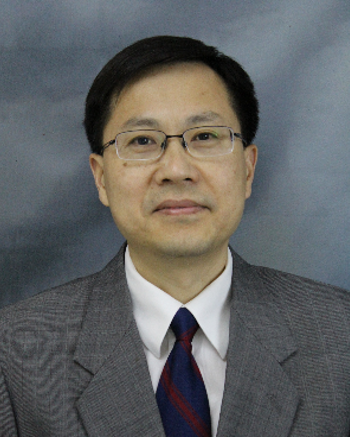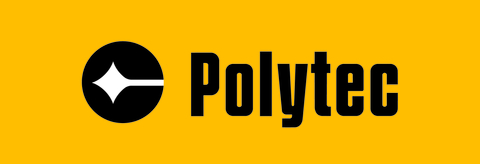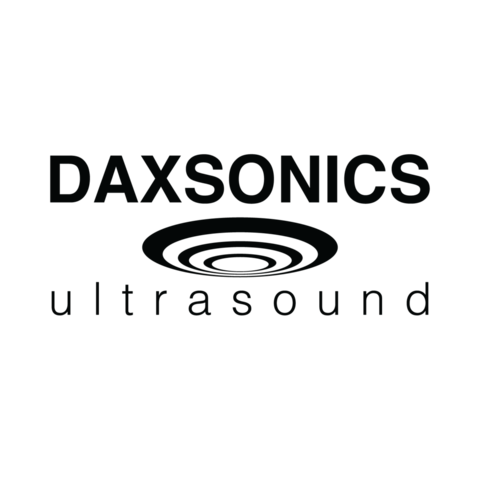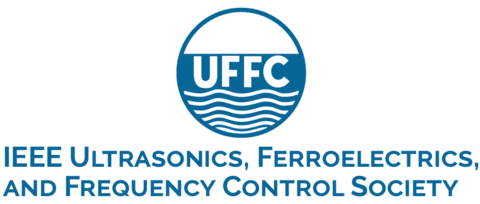Abstract
(1-x)Pb(Mg1/3Nb2/3)O3-xPbTiO3 (PMN-xPT) ferroelectric relaxors with PT (PbTiO3) concentration near its morphotropic phase boundary (MPB) have been employed in ultrasound transducers, sensors, and actuators due to their excellent piezoelectric properties. PMN-PT single crystals are also known with their unique relationships between properties and domain structures. Alternate current poling (ACP) was recently studied as a domain engineering technique to further enhance dielectric and piezoelectric properties of PMN-PT single crystals. In this talk, the history of AC poling will be firstly introduced, followed by a review on recent AC poling studies by researchers in the field. AC poling research conducted at NC State will then be presented with details. At NC State, AC poling of PMN-PT single crystals with different compositions (25-30% PT) and different dimensions (thickness of < 0.5 mm - > 10 mm) were studied under different AC poling frequencies at room temperature and elevated temperatures, respectively. For <001> ACP PMN-PT single crystals, the dielectric constant (clamped and free) and piezoelectric coefficient are consistently 20%->40% higher than those of conventionally poled samples. More interestingly, the ACP process parameters varied significantly for samples with different dimensions and different modes (e.g. thickness vs. sliver mode). In order to understand the mechanism of ACP associated material property enhancement, extensive characterizations were conducted including X-ray diffraction and piezo-response force microscopy (PFM) of domain structures. It was found that the domain structures in ACP samples are significantly different from those in conventionally poled crystals. In summary, ACP poling, as an outstanding domain wall engineering method, can be used to enhance dielectric and piezoelectric properties of PMN-PT single crystals for advanced piezoelectric devices.











